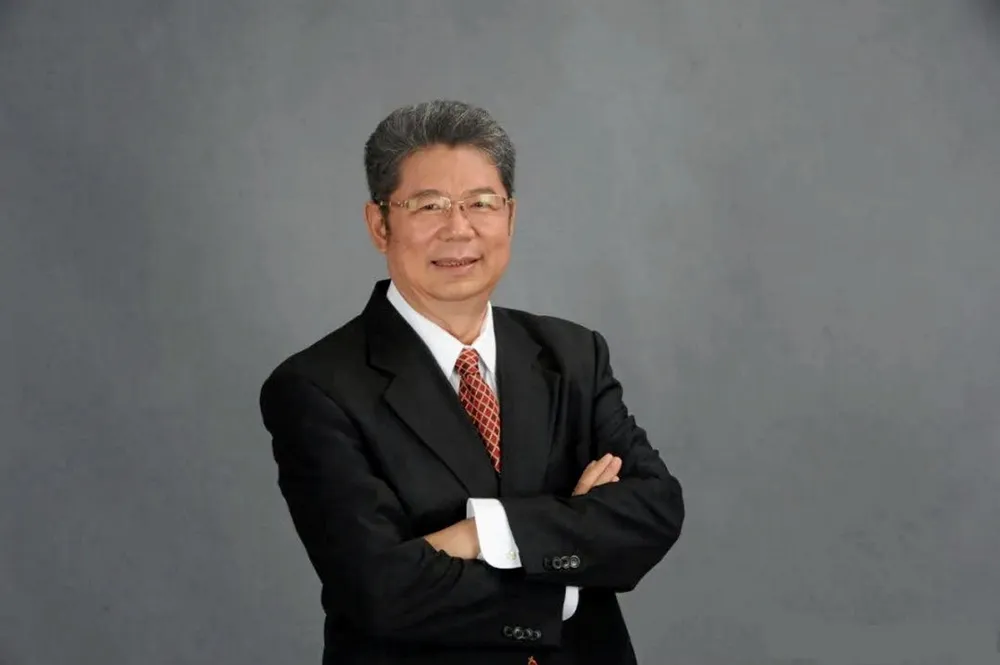Sinopec to shift gears from grey to green hydrogen
China’s demand for hydrogen will rise to 35 million tonnes in 2030, expandable to 60 million tonnes by 2050, which will account for 10% in the energy demand mix

China’s demand for hydrogen will rise to 35 million tonnes in 2030, expandable to 60 million tonnes by 2050, which will account for 10% in the energy demand mix
